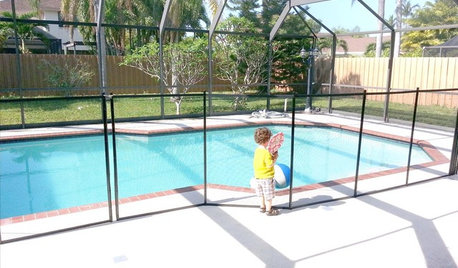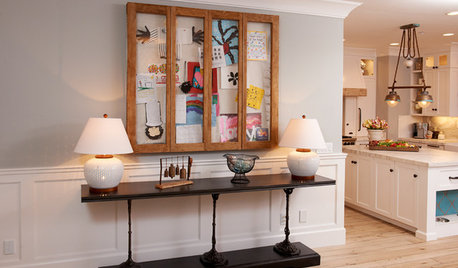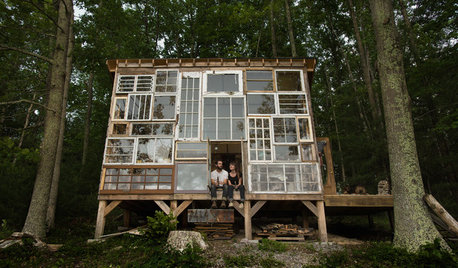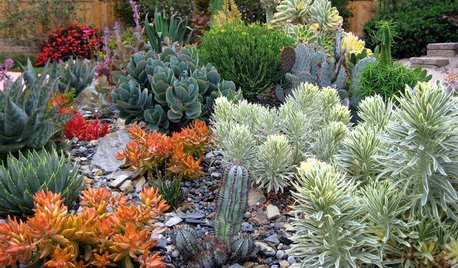Death By Drowning
clairecathy
13 years ago
Related Stories

HEALTHY HOMEThese Steps Will Help Keep Kids Safe Around Pools and Spas
Implement several layers of security to prevent life-threatening accidents in and around the pool
Full Story
POOLSSolstice Daydream Break: 10 Breathtaking Swimming Pools
Put Jack Frost's nipping out of mind with a virtual dip in 10 covetable Australian swimming spots
Full Story
GARDENING GUIDESNew Ways to Think About All That Mulch in the Garden
Before you go making a mountain out of a mulch hill, learn the facts about what your plants and soil really want
Full Story
HEALTHY HOMEHow to Childproof Your Home: Expert Advice
Safety strategies, Part 1: Get the lowdown from the pros on which areas of the home need locks, lids, gates and more
Full Story
DECORATING GUIDESEdit Keepsakes With Confidence — What to Let Go and What to Keep
If mementos are weighing you down more than bringing you joy, here's how to lighten your load with no regrets
Full Story
HOME TECHThe Inevitable Future of Drones Around Your Home
As Google joins the push for airborne deliveries, it seems only a matter of time before neighborhoods are buzzing with drones. Is that OK?
Full Story
OUTBUILDINGSThe Glass-Walled Cabin That Romance Built
Envisioning sunsets and starry skies, newlywed artists construct a 1-room retreat on a family farm
Full Story
HOME OFFICESQuiet, Please! How to Cut Noise Pollution at Home
Leaf blowers, trucks or noisy neighbors driving you berserk? These sound-reduction strategies can help you hush things up
Full Story
GARDENING GUIDESA Beginner’s Guide to Growing Succulents
Their easy-care reputation is well-deserved, but a little TLC will turn succulents into star plants
Full Story
LANDSCAPE DESIGNNatural Swimming Pools: More Beauty, No Chemicals
Keep your skin and the environment healthy with a pool that cleans itself, naturally
Full StoryMore Discussions








calistoga_al ca 15 usda 9
clairecathyOriginal Author
Related Professionals
Woodinville Landscape Architects & Landscape Designers · Paradise Landscape Architects & Landscape Designers · Biloxi Landscape Contractors · Hawaii Landscape Contractors · Lebanon Landscape Contractors · New Cassel Landscape Contractors · Fort Lee Solar Energy Systems · Lakeville Solar Energy Systems · Lakewood Window Contractors · Mesa Fence Contractors · Citrus Heights Fence Contractors · Parkway Fence Contractors · San Rafael Fence Contractors · Tulsa Fence Contractors · Yorba Linda Fence Contractorstapla (mid-Michigan, USDA z5b-6a)
greenman28 NorCal 7b/8a
clairecathyOriginal Author
tapla (mid-Michigan, USDA z5b-6a)
meyermike_1micha
jojosplants
jodik_gw
clairecathyOriginal Author
tapla (mid-Michigan, USDA z5b-6a)
clairecathyOriginal Author
suddensam
jane__ny
greenman28 NorCal 7b/8a
calistoga_al ca 15 usda 9
jodik_gw
clairecathyOriginal Author
jodik_gw
greenman28 NorCal 7b/8a
meyermike_1micha
tapla (mid-Michigan, USDA z5b-6a)
jojosplants